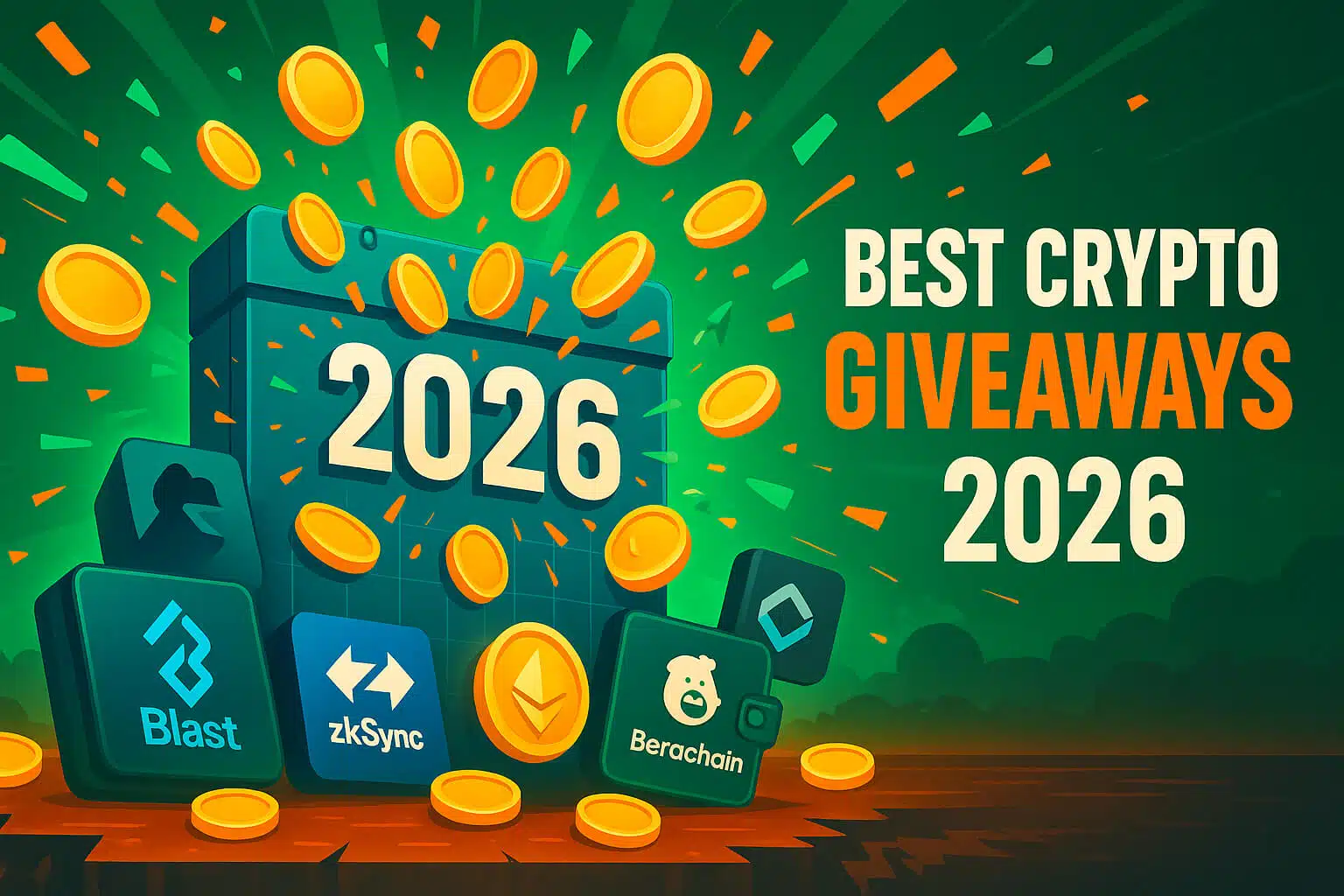Getting Started with Solidity Programming: A Beginner’s Guide
Introduction
Solidity is the most popular programming language for developing smart contracts on the Ethereum blockchain. If you’re interested in blockchain development, learning Solidity is a crucial step. It allows you to create decentralized applications (dApps), develop tokens, and build smart contracts that automate agreements without intermediaries. This beginner’s guide will help you get started with Solidity programming, covering the essential concepts, tools, and resources you need to begin your journey.
What is Solidity?
Solidity is a statically-typed, high-level programming language designed specifically for the Ethereum Virtual Machine (EVM). It is used to write smart contracts that execute automatically when certain conditions are met. Unlike traditional programming languages, Solidity is tailored to the unique requirements of blockchain development, including security, immutability, and decentralization.
Solidity’s syntax is similar to that of JavaScript and C++, making it relatively easy to learn if you have experience with these languages. However, even if you’re new to programming, the structured nature of Solidity makes it accessible for beginners who are eager to learn.
Why Learn Solidity?
Solidity is the backbone of the Ethereum blockchain, powering thousands of decentralized applications (dApps) and smart contracts. Here’s why learning Solidity is essential:
- High Demand: Blockchain development, especially on Ethereum, is a rapidly growing field with high demand for skilled Solidity developers.
- Versatility: Solidity can be used to create a wide range of applications, from simple tokens to complex decentralized finance (DeFi) platforms.
- Community and Resources: The Ethereum community is vast and supportive, offering numerous resources, tutorials, and tools to help you learn Solidity.
Mastering Solidity not only opens doors to various job opportunities but also empowers you to build innovative blockchain solutions.
Getting Started with Solidity Programming
To start your journey with Solidity programming, follow these steps:
1. Set Up Your Development Environment
Before you can write Solidity code, you need to set up your development environment. This includes installing essential tools and frameworks that make coding and testing easier.
Key Tools to Install:
- Node.js: A JavaScript runtime that is essential for running development tools like Truffle.
- Truffle Suite: A popular development framework that simplifies smart contract development, testing, and deployment.
- Remix IDE: A web-based integrated development environment (IDE) that allows you to write, test, and deploy smart contracts directly from your browser.
- Ganache: A local Ethereum blockchain simulator for testing your smart contracts without the need to connect to a live network.
Once you’ve installed these tools, you’ll be ready to start coding in Solidity.
2. Understand Solidity Syntax and Structure
The next step is to familiarize yourself with Solidity’s syntax and structure. Solidity contracts are structured into several key components:
Key Components:
- Contracts: The fundamental building blocks in Solidity, similar to classes in other programming languages. Contracts contain variables, functions, and event declarations.
- Variables: Store data within the contract. Solidity supports various data types, including integers, strings, and arrays.
- Functions: Blocks of code that execute specific tasks within the contract. Functions can be public, private, or restricted by modifiers.
- Modifiers: Used to modify the behavior of functions, often for access control or validation.
- Events: Allow the contract to communicate with the outside world by emitting signals when certain actions occur.
By understanding these components, you can start writing simple smart contracts and gradually work your way up to more complex applications.

3. Write Your First Solidity Smart Contract
Now that you’re familiar with the basics, it’s time to write your first smart contract. Start with a simple “Hello, World!” contract to get a feel for the syntax and structure. In this contract, you’ll declare a string variable, create a function to set the value of that string, and another function to retrieve it.
Using Remix IDE, you can write, compile, and deploy your contract directly from your browser. Remix also provides debugging tools to help you catch errors and understand how your contract behaves.
Example Workflow:
- Step 1: Write the contract in the Solidity editor within Remix.
- Step 2: Compile the contract to check for errors and generate bytecode.
- Step 3: Deploy the contract on a local blockchain (using Ganache) or a testnet like Ropsten.
- Step 4: Interact with the contract by calling its functions and observing the outputs.
By completing this simple project, you’ll gain hands-on experience and a better understanding of how Solidity works in practice.
4. Explore More Advanced Solidity Concepts
Once you’re comfortable with the basics, it’s time to delve into more advanced Solidity concepts that will allow you to build robust and secure smart contracts.
Advanced Concepts to Explore:
- Inheritance: Solidity allows contracts to inherit from other contracts, enabling code reuse and modularity.
- Libraries: Libraries in Solidity are reusable pieces of code that help you manage common tasks across multiple contracts.
- Error Handling: Learn how to handle errors in Solidity using require(), assert(), and revert() statements.
- Security Best Practices: Smart contracts are immutable, so it’s crucial to follow security best practices to avoid vulnerabilities like reentrancy attacks or integer overflows.
As you explore these advanced topics, you’ll become better equipped to build complex decentralized applications that can interact with other contracts and integrate with various blockchain services.
5. Test and Deploy Your Solidity Contracts
Testing is an essential part of smart contract development. Before deploying your contract on the Ethereum mainnet, you should thoroughly test it on local blockchains like Ganache or public testnets like Ropsten.
Testing Tips:
- Write Unit Tests: Use Truffle or Hardhat to write unit tests that cover all possible scenarios.
- Simulate Real-World Conditions: Test how your contract behaves under different conditions, such as handling large numbers or interacting with other contracts.
- Deploy on Testnets First: Before going live on the mainnet, deploy your contract on a testnet to ensure everything works as expected.
After rigorous testing, you can deploy your contract on the Ethereum mainnet using tools like Truffle, Remix, or Hardhat. Once deployed, your contract will be live and ready to interact with users.
Best Practices for Solidity Programming
To ensure that your smart contracts are secure, efficient, and maintainable, follow these best practices:
- Keep Code Simple: Simplicity reduces the risk of bugs and makes your contract easier to audit.
- Prioritize Security: Implement security measures to protect against common vulnerabilities, such as reentrancy attacks or integer overflows. Use libraries like OpenZeppelin for pre-audited security features.
- Optimize Gas Usage: Writing gas-efficient code can save users money when interacting with your contract.
- Thoroughly Test: Testing is critical to catching bugs and ensuring your contract behaves as expected under all conditions.
Conclusion
Getting started with Solidity programming is a rewarding journey that opens the door to endless possibilities in blockchain development. By following this guide—setting up your development environment, learning Solidity syntax, writing your first contract, and exploring advanced concepts—you’ll be well on your way to becoming a skilled Solidity developer. Whether you’re interested in creating tokens, dApps, or complex smart contracts, mastering Solidity will position you at the forefront of the blockchain revolution.
FAQs
1. Is Solidity hard to learn for beginners?
Solidity can be challenging for beginners, especially if you’re new to programming. However, with dedication and the right resources, it’s entirely possible to learn and master.
2. Can I use Solidity to build applications on blockchains other than Ethereum?
While Solidity is primarily designed for Ethereum, it’s also used on other EVM-compatible blockchains, such as Binance Smart Chain and Polygon.
3. How do I debug my Solidity code?
You can debug Solidity code using tools like Remix IDE, which offers built-in debugging features, or by writing tests with Truffle or Hardhat.
4. Do I need to pay to deploy Solidity contracts on Ethereum?
Yes, deploying contracts on Ethereum requires paying gas fees in Ether (ETH). To avoid spending real Ether during development, use testnets like Ropsten or Kovan.
For more insights and detailed guides on cryptocurrency, visit our Crypto Guides Section.
Stay Updated
For the latest updates on cryptocurrency trends and news, follow us on:
- Twitter: https://twitter.com/FreeCoins24
- Telegram: https://t.me/freecoins24
Stay informed with the latest strategies and insights in the world of cryptocurrency at FreeCoins24.io.
Special Offer
For an enhanced trading experience, consider Bybit. Sign up through our referral link to unlock exclusive rewards, including up to $30,000 in deposit bonuses, and elevate your trading journey.

















